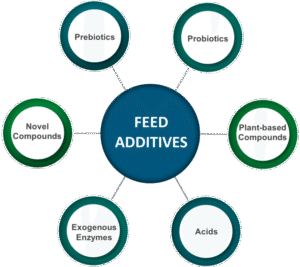The application of the species concept can be challenging due to the dynamic and complex nature of biological diversity. Several difficulties arise in defining and delineating species, and the concepts of polytypic species, subspecies, super species, and sibling species add further nuances to this complexity.
Difficulties in the Application of the Species Concept:
1. Variability within Species:
• Populations of a species can exhibit significant variability, both phenotypically and genotypically. Determining which variations are within the acceptable range for a single species and which indicate distinct species can be challenging.
2. Hybridization:
• Hybridization between different species or populations can lead to intermediate forms, making it difficult to draw clear boundaries between species.
3. Asexual Reproduction:
• Traditional species concepts that rely on reproductive isolation may not be directly applicable to asexual organisms or those with mixed reproductive strategies.
4. Morphological Variation:
• Reliance on morphological characteristics alone may be problematic, as some species can exhibit significant morphological variation without being separate species.
5. Temporal Variation:
• Species may change over time due to evolution, making it challenging to define a species at a single point in time.
Polytypic Species: A polytypic species consists of multiple distinct populations or subspecies that are recognized as part of the same overarching species.
• Difficulty: Determining the appropriate level of variation that qualifies as subspecies within a polytypic species can be subjective, leading to disagreements among taxonomists.
Subspecies: Subspecies are geographically separated populations within a species that have distinctive characteristics but can still interbreed.
• Difficulty: Defining subspecies can be subjective, and there may be disagreement about whether certain populations deserve recognition as distinct subspecies.
Super Species: A super species is a group of closely related species that are morphologically similar but reproductively isolated. These species are often considered to be in the process of speciation.
• Difficulty: Determining whether a group of closely related species should be considered a super species can be challenging, and there may be debate about the level of reproductive isolation required.
Sibling Species: Sibling species are two or more species that are very similar morphologically but are reproductively isolated and distinct genetically.
• Difficulty: Identifying sibling species requires molecular techniques and detailed genetic analysis, making it challenging without advanced technology. Morphological similarity can lead to initial misclassification.
Thank you for reading. Don't forget to subscribe & share!









